Creating your own mushroom extract at home is one of the most rewarding ways to harness the full medicinal potential of functional fungi. Whether you're working with reishi, lion's mane, chaga, or turkey tail, proper extraction techniques can unlock bioactive compounds that remain trapped within the mushroom's tough cellular walls. This comprehensive guide will teach you three proven extraction methods, from simple hot water extracts to sophisticated dual extraction techniques that professional producers use.
Quick Summary: Mushroom extraction breaks down chitin cell walls to release beneficial compounds. Water extraction captures polysaccharides and beta-glucans, alcohol extraction gets triterpenes and sterols, while dual extraction combines both methods for maximum potency. Most extracts require 2-4 weeks to complete, with proper ratios of 1:5 mushroom to solvent.

Understanding Why Mushroom Extraction is Necessary
Unlike culinary mushrooms that you can simply eat, medicinal mushrooms require extraction to make their beneficial compounds bioavailable to the human body. Mushroom cell walls contain chitin—the same tough material found in crab shells and insect exoskeletons. Our digestive systems cannot effectively break down these chitinous barriers to access the valuable compounds stored within.
The goal of extraction is to use solvents like water, alcohol, or both to dissolve and concentrate the bioactive compounds while breaking down the indigestible cell walls. This process creates a potent liquid extract or powder that delivers significantly higher concentrations of beneficial substances than consuming whole mushrooms.
The Three Main Types of Mushroom Extraction
Hot Water Extraction (Traditional Method)
Hot water extraction is the most traditional and widely used method for creating mushroom extracts. This technique has been used for thousands of years in traditional Chinese medicine and remains the foundation of most commercial mushroom supplements.
What it extracts: Water-soluble compounds including:
-
Beta-glucans (immune-supporting polysaccharides)
-
Other polysaccharides and complex carbohydrates
-
Water-soluble vitamins and minerals
-
Some proteins and amino acids
Best for: Turkey tail, shiitake, maitake, and other mushrooms where beta-glucans are the primary beneficial compounds.
Alcohol Extraction (Tincture Method)
Alcohol extraction uses ethanol to dissolve compounds that water cannot effectively extract. This method is particularly important for mushrooms containing significant amounts of alcohol-soluble bioactive compounds.
What it extracts: Alcohol-soluble compounds including:
-
Triterpenes (like ganoderic acids in reishi)
-
Sterols and steroid compounds
-
Essential oils and aromatic compounds
-
Some alkaloids and other non-polar substances
Best for: Reishi, chaga, and cordyceps where triterpenes and alcohol-soluble compounds provide major benefits.
Dual Extraction (Complete Spectrum Method)
Dual extraction combines both water and alcohol extraction methods to capture the full spectrum of beneficial compounds. This technique provides the most comprehensive extract but requires more time and effort.
What it extracts: Both water-soluble and alcohol-soluble compounds for maximum therapeutic potential.
Best for: Reishi, chaga, lion's mane, and any mushroom where you want the complete range of bioactive compounds.
Method 1: Hot Water Extraction Step-by-Step
Equipment Needed:
-
Large stainless steel pot or slow cooker
-
Fine mesh strainer or cheesecloth
-
Glass jars for storage
-
Digital scale
-
Thermometer
Ingredients:
-
1 ounce (28g) dried mushrooms, chopped or powdered
-
5 cups (1.2L) distilled water
Instructions:
-
Prepare the mushrooms: If using whole dried mushrooms, chop them into small pieces or grind into a coarse powder. Smaller pieces allow for better extraction.
-
Combine with water: Place mushrooms in your pot and add distilled water. The ratio should be approximately 1:20 by weight (1g mushroom to 20ml water).
-
Heat and simmer: Bring the mixture to a boil, then reduce heat to maintain a gentle simmer. The ideal temperature range is 70-80°C (158-176°F).
-
Extract for optimal time: Simmer for 2-10 hours, depending on the mushroom type. Harder mushrooms like reishi and chaga need longer extraction times.
-
Strain and concentrate: Strain the liquid through cheesecloth, pressing the mushroom material to extract maximum liquid. Optionally, continue simmering the strained liquid to concentrate it further.
-
Cool and store: Allow to cool completely before transferring to glass containers. Store in the refrigerator for up to one week or freeze in ice cube trays for longer storage.
For those interested in growing their own mushrooms for extraction, the Lykyn Smart Mushroom Grow Kit provides an excellent way to cultivate fresh, high-quality mushrooms at home, ensuring you have the best starting material for your extracts.
Method 2: Alcohol Extraction (Tincture) Step-by-Step
Equipment Needed:
-
Glass jars with tight-fitting lids
-
Fine mesh strainer or coffee filter
-
Digital scale
-
Dark glass bottles for final storage
Ingredients:
-
1 ounce (28g) dried mushrooms, chopped
-
5 ounces (150ml) food-grade alcohol (40-60% ethanol like vodka or grain alcohol)
Instructions:
-
Prepare mushroom material: Chop dried mushrooms into small pieces to maximize surface area for extraction.
-
Create the tincture: Place mushrooms in a glass jar and cover with alcohol. The liquid should be about 1-2 inches above the mushroom material.
-
Macerate for optimal time: Seal the jar and store in a dark location for 2-6 weeks. Shake the jar daily to agitate the mixture and improve extraction.
-
Monitor extraction progress: The liquid will gradually change color as compounds are extracted. Darker colors generally indicate stronger extraction.
-
Strain the tincture: After the maceration period, strain through cheesecloth or coffee filter, pressing the mushroom material to extract maximum liquid.
-
Store properly: Transfer to dark glass bottles and store in a cool, dark place. Properly made alcohol tinctures can last 2-5 years.
Method 3: Dual Extraction (Professional-Grade) Step-by-Step
Dual extraction provides the most comprehensive extract by combining both water and alcohol extraction methods. This is the preferred method for mushrooms like reishi and chaga that contain both water-soluble and alcohol-soluble beneficial compounds.
Equipment Needed:
-
Large stainless steel pot
-
Glass jars with tight-fitting lids
-
Fine mesh strainer and cheesecloth
-
Digital scale
-
Dark glass bottles for storage
Ingredients:
-
2 ounces (56g) dried mushrooms, divided into two portions
-
5 ounces (150ml) food-grade alcohol (40-60% ethanol)
-
5 cups (1.2L) distilled water
Instructions:
Phase 1: Alcohol Extraction
-
Prepare first portion: Use 1 ounce of mushrooms for the alcohol extraction.
-
Create alcohol tincture: Follow the alcohol extraction method above, macerating for 2-4 weeks.
-
Strain and reserve: Strain the alcohol extract and set aside. Keep the spent mushroom material.
Phase 2: Water Extraction
-
Prepare for water extraction: Use the spent mushroom material from the alcohol extraction plus the remaining 1 ounce of fresh mushrooms.
-
Hot water extraction: Follow the hot water extraction method, simmering for 2-4 hours.
-
Strain and concentrate: Strain the water extract and optionally concentrate by further simmering.
Phase 3: Combining
-
Cool the water extract: Allow it to reach room temperature before combining.
-
Combine extracts: Mix the alcohol extract with the water extract. The final alcohol content should be 25-35% for shelf stability.
-
Final storage: Store in dark glass bottles. This dual extract combines the benefits of both extraction methods.
Some producers prefer to use separate batches of mushrooms for each extraction method to avoid potential degradation of compounds, similar to how professional companies like those referenced in our research approach dual extraction.
Choosing the Right Extraction Method for Different Mushrooms
Reishi (Ganoderma lucidum)
Recommended method: Dual extraction Why: Reishi contains both water-soluble polysaccharides and alcohol-soluble triterpenes like ganoderic acids. Both are important for reishi's adaptogenic effects.
Lion's Mane (Hericium erinaceus)
Recommended method: Hot water extraction or dual extraction Why: While beta-glucans are the primary compounds, lion's mane also contains some alcohol-soluble compounds that may contribute to its cognitive benefits.
For advanced cultivators interested in lion's mane propagation, our guide on Lion's Mane Mushroom Liquid Culture provides detailed information on efficient cultivation methods.
Turkey Tail (Trametes versicolor)
Recommended method: Hot water extraction Why: Turkey tail's primary benefits come from polysaccharopeptides (PSP) and polysaccharide-K (PSK), which are water-soluble.
Chaga (Inonotus obliquus)
Recommended method: Dual extraction Why: Chaga has extremely thick cell walls and contains both water-soluble polysaccharides and alcohol-soluble compounds like betulinic acid.
Cordyceps (Cordyceps militaris)
Recommended method: Hot water extraction or dual extraction Why: Cordycepin and other nucleosides are primarily water-soluble, though some alcohol-soluble compounds may provide additional benefits.
Quality Factors That Affect Extraction Success
Starting Material Quality
The quality of your mushroom starting material dramatically impacts your final extract. Consider these factors:
Mushroom source: Organically grown mushrooms free from contaminants Drying method: Properly dried mushrooms (≤10% moisture) prevent mold Storage conditions: Mushrooms stored in cool, dry conditions retain more potency Age: Fresher dried mushrooms generally produce better extracts
Extraction Variables
Several variables significantly influence extraction efficiency:
Temperature control: Higher temperatures extract faster but may degrade heat-sensitive compounds Time duration: Longer extraction times generally increase yield but have diminishing returns Particle size: Smaller mushroom pieces provide more surface area for extraction Solvent quality: Food-grade alcohol and distilled water produce cleaner extracts Ratios: Proper mushroom-to-solvent ratios ensure adequate extraction without waste
Environmental Factors
Agitation: Regular shaking or stirring improves extraction efficiency Light exposure: Many compounds degrade in light; store in dark containers Air exposure: Minimize oxidation by using proper sealed containers Temperature stability: Consistent temperatures produce more reliable results
Testing and Evaluating Your Extract
Visual Indicators
Color intensity: Darker colors generally indicate stronger extraction, though this varies by mushroom type Clarity: Water extracts should be relatively clear; cloudiness may indicate polysaccharides (good) or contamination (bad) Consistency: Proper concentration produces appropriate viscosity
Sensory Evaluation
Aroma: Each mushroom has characteristic smells that should be present in quality extracts Taste: Bitterness often indicates successful extraction of beneficial compounds, particularly triterpenes
Simple Home Tests
Alcohol content test: Use a hydrometer to verify alcohol percentage in tinctures pH testing: Most mushroom extracts have slightly acidic pH (5.0-6.5) Stability test: Quality extracts remain stable without separation or precipitation
Safety Considerations and Best Practices
Sterilization and Cleanliness
Equipment sterilization: Clean all equipment with rubbing alcohol before use Workspace preparation: Work in a clean environment to prevent contamination Personal hygiene: Wash hands thoroughly and consider wearing gloves
Alcohol Safety
Fire safety: Alcohol is flammable; work away from heat sources Ventilation: Ensure adequate ventilation when working with alcohol Storage safety: Store alcohol extracts away from heat and ignition sources
Mushroom Identification
Positive identification: Only use mushrooms you can identify with 100% certainty Source verification: Purchase from reputable suppliers or grow your own Contamination awareness: Check for mold, unusual odors, or discoloration
Dosage and Usage
Start small: Begin with small doses to assess individual tolerance Gradual increase: Increase dosage slowly if needed Professional consultation: Consult healthcare providers for therapeutic use
Storage and Preservation Methods
Water Extracts
-
Refrigeration: Store up to 1 week in refrigerator
-
Freezing: Freeze in ice cube trays for 6-month storage
-
Concentration: Reduce water content by continued simmering for longer shelf life
Alcohol Extracts
-
Room temperature: Store in dark, cool place for 2-5 years
-
Dark containers: Use amber or cobalt glass to prevent light degradation
-
Proper sealing: Ensure tight caps to prevent alcohol evaporation
Dual Extracts
-
Alcohol content: Maintain 25-35% alcohol for shelf stability
-
Refrigeration recommended: Store in refrigerator for optimal preservation
-
Regular monitoring: Check for separation or changes in appearance
Troubleshooting Common Extraction Problems
Weak or Ineffective Extracts
Insufficient extraction time: Increase maceration or simmering time Poor mushroom quality: Use fresher, higher-quality starting material Incorrect ratios: Adjust mushroom-to-solvent ratios Temperature issues: Optimize extraction temperature for your method
Contamination Issues
Mold growth: Ensure proper sterilization and dry mushroom material Off odors: Check source material quality and storage conditions Cloudiness: May indicate bacterial contamination or normal polysaccharide content
Separation or Precipitation
Dual extract separation: Normal settling; shake before use Alcohol precipitation: May occur when combining water and alcohol extracts Temperature effects: Some separation occurs with temperature changes
Frequently Asked Questions
How long does it take to make mushroom extract?
The timeline varies by method: hot water extracts can be completed in 2-10 hours of active processing, alcohol extracts require 2-6 weeks of passive maceration, and dual extracts typically take 3-7 weeks total including both phases. The longer timeline for alcohol-based methods allows for thorough extraction of alcohol-soluble compounds.
What's the best alcohol percentage for mushroom tinctures?
For most mushroom tinctures, 40-60% alcohol (80-120 proof) works best. Vodka at 40% is convenient and effective, while higher-proof grain alcohol (60%+) may extract certain compounds more efficiently. The final dual extract should contain 25-35% alcohol for shelf stability while maintaining bioactivity.
Can I use fresh mushrooms instead of dried ones?
While possible, dried mushrooms are strongly recommended for several reasons: they have concentrated compounds, longer shelf life, reduced water content that could dilute extracts, and lower contamination risk. If using fresh mushrooms, increase quantities significantly and reduce water in extraction recipes accordingly.
How do I know if my extract is potent enough?
Potency indicators include appropriate color intensity for the mushroom type, characteristic taste and aroma, proper consistency and clarity, and most importantly, beneficial effects when consumed. Professional testing requires laboratory analysis, but these sensory indicators provide good guidance for home extractors.
What's the difference between extracts and powders?
Extracts are concentrated liquids or dried concentrates where solvents have dissolved and removed beneficial compounds from cell walls. Powders are simply ground whole mushrooms without extraction, making beneficial compounds less bioavailable. Extracts typically provide significantly higher potency and better absorption than plain mushroom powders.
Advanced Techniques and Considerations
Concentration Methods
Vacuum concentration: Professional method that preserves heat-sensitive compounds Freeze concentration: Allowing water to freeze and removing ice crystals Gentle heat reduction: Slowly simmering to reduce volume while preserving compounds
Standardization Approaches
Compound testing: Testing for specific beneficial compounds like beta-glucans Batch consistency: Maintaining consistent extraction parameters across batches Record keeping: Documenting methods, ratios, and results for reproducibility
Commercial vs. Home Production
While home extraction can produce high-quality extracts, commercial producers often use specialized equipment like ultrasonic extraction, precise temperature control, and standardized testing protocols. For consistent, professionally-made extracts, consider starting with commercial products while learning extraction techniques.
Integrating Homemade Extracts into Your Wellness Routine
Dosage Guidelines
Water extracts: Typically 1-2 tablespoons (15-30ml) daily Alcohol tinctures: Usually 1-3 dropperfuls (1-3ml) daily Dual extracts: Often 1-2 dropperfuls (1-2ml) daily due to higher concentration
Consumption Methods
Direct consumption: Taking extracts straight or under the tongue Beverage mixing: Adding to tea, coffee, or smoothies Food incorporation: Including in soups, broths, or other recipes
Timing and Consistency
Regular schedule: Taking extracts at consistent times daily Empty vs. full stomach: Some extracts absorb better on empty stomach Cycling protocols: Some practitioners recommend periodic breaks
Creating your own mushroom extracts provides deep satisfaction and allows you to harness the full potential of medicinal mushrooms. Whether you choose simple hot water extraction for immune-supporting beta-glucans or sophisticated dual extraction for comprehensive benefits, proper technique ensures maximum potency and therapeutic value.
Remember that extraction is both an art and a science—while following proven methods provides the foundation, experience and experimentation help you refine your techniques for optimal results. Start with high-quality mushrooms, maintain clean practices, and be patient with the process to create extracts that rival commercial products.
For those interested in growing their own mushrooms for extraction, the Lykyn Mushroom Grow Kit provides an excellent foundation for producing fresh, high-quality mushrooms perfect for home extraction projects. With proper cultivation and extraction techniques, you can create a complete cycle from growing to processing your own medicinal mushroom products.
Whether you're making simple reishi tea or complex dual extracts, these techniques provide the foundation for accessing the full therapeutic potential of medicinal mushrooms in your own kitchen.

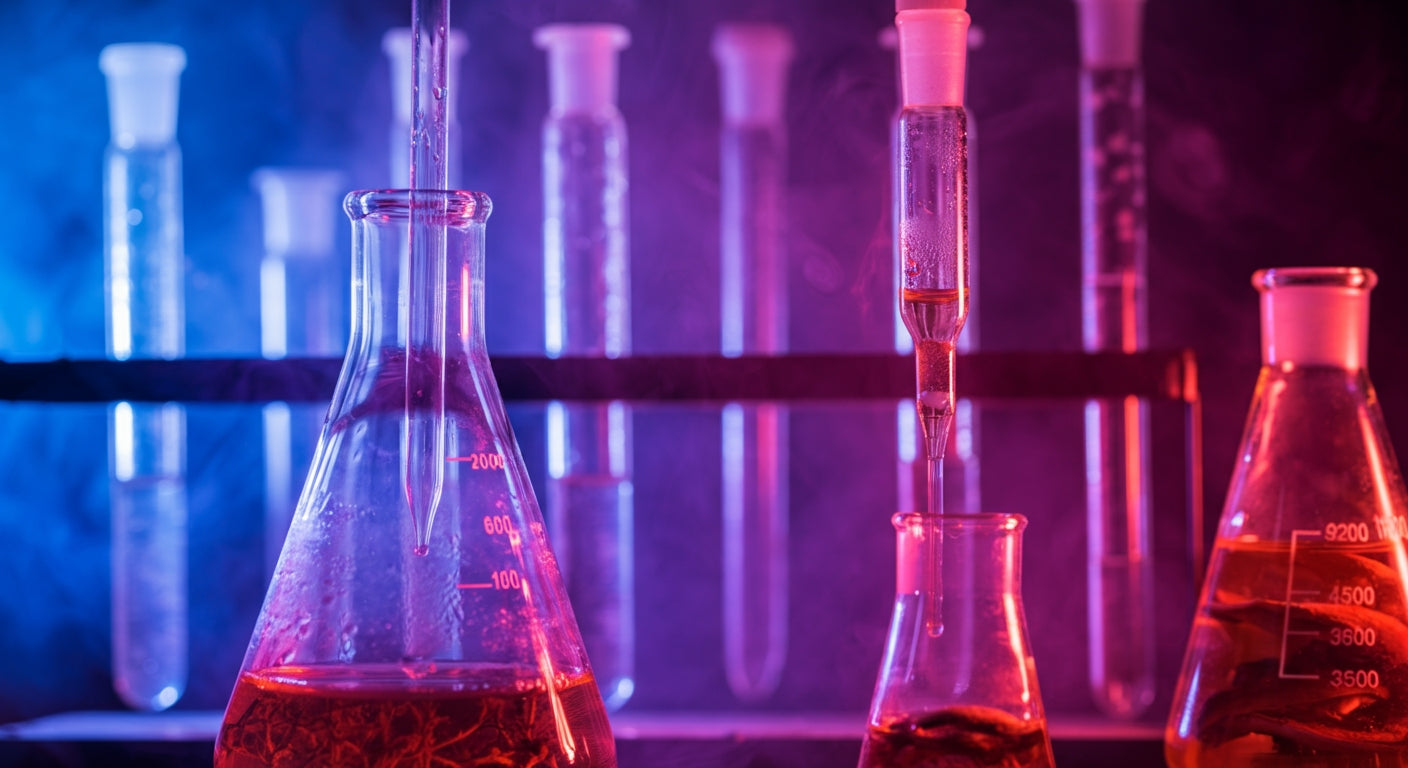




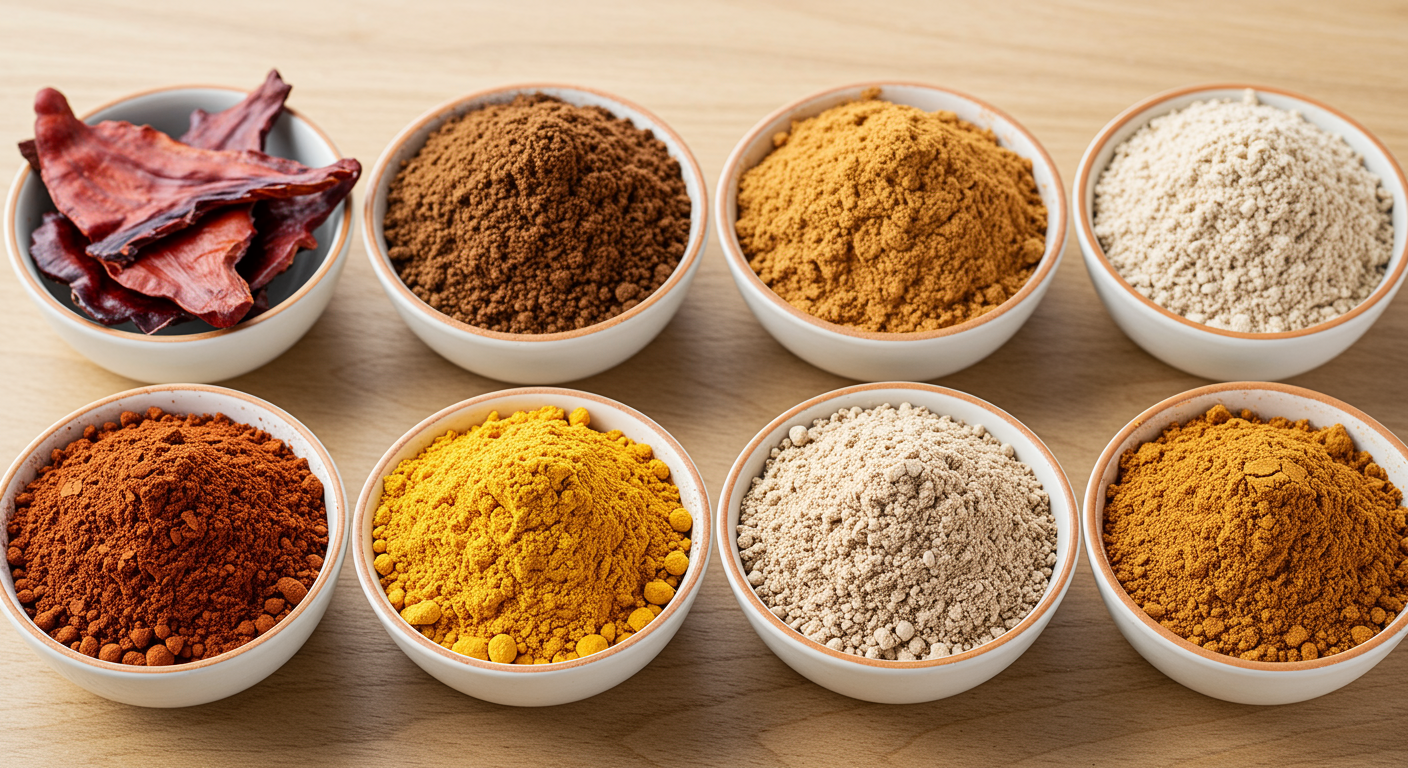

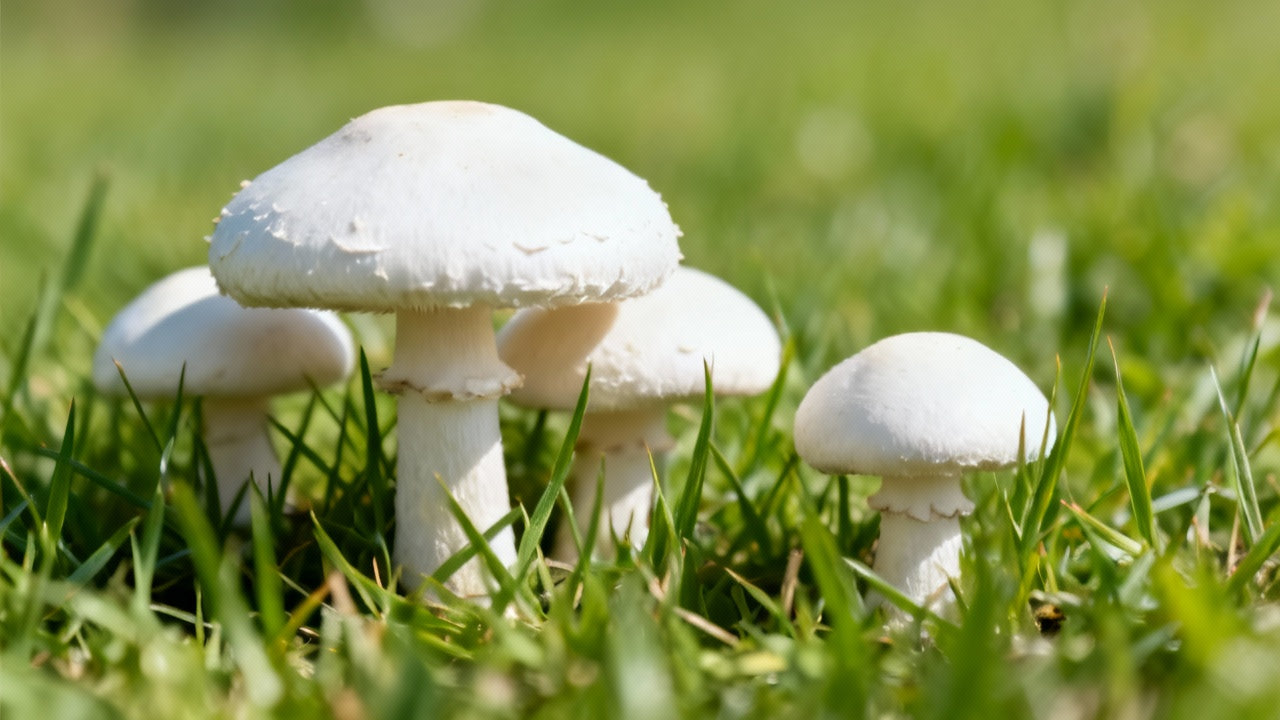
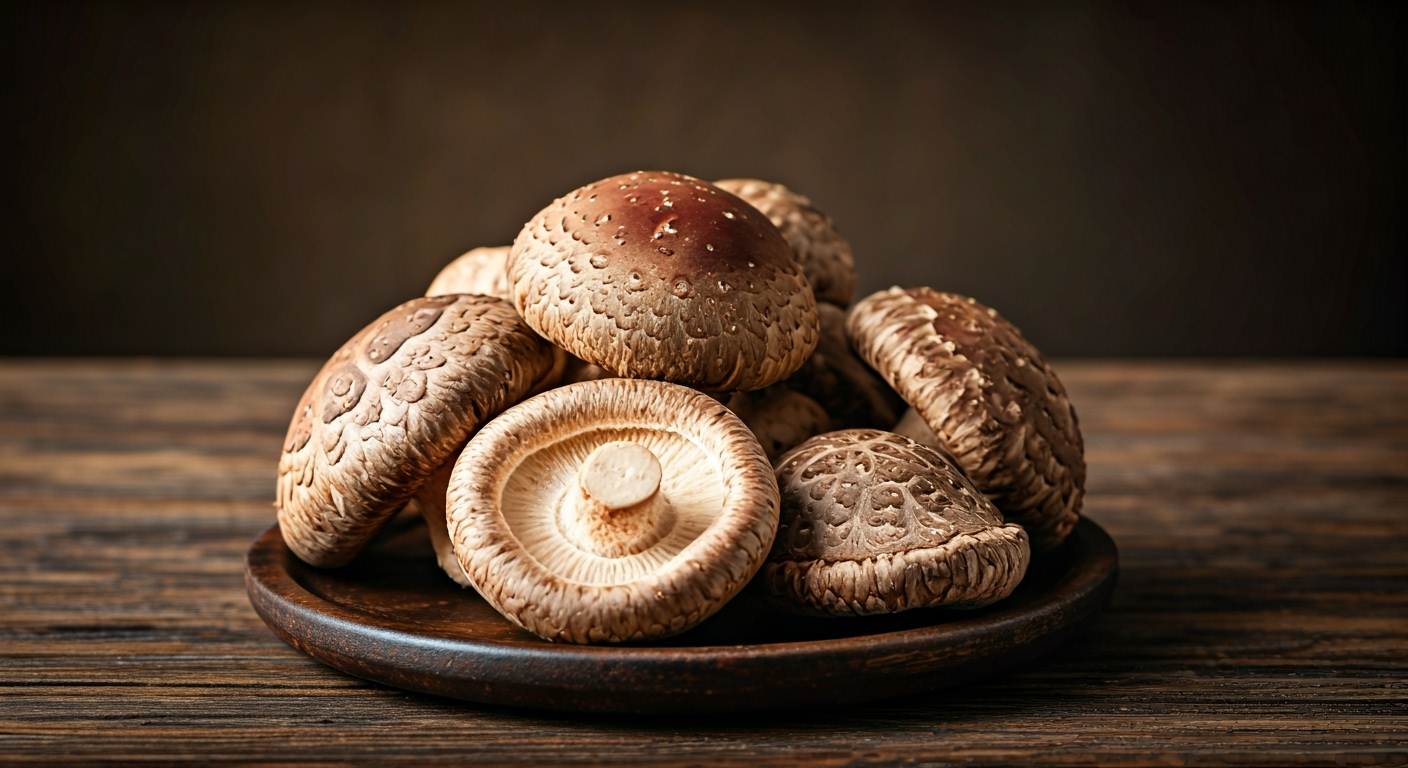
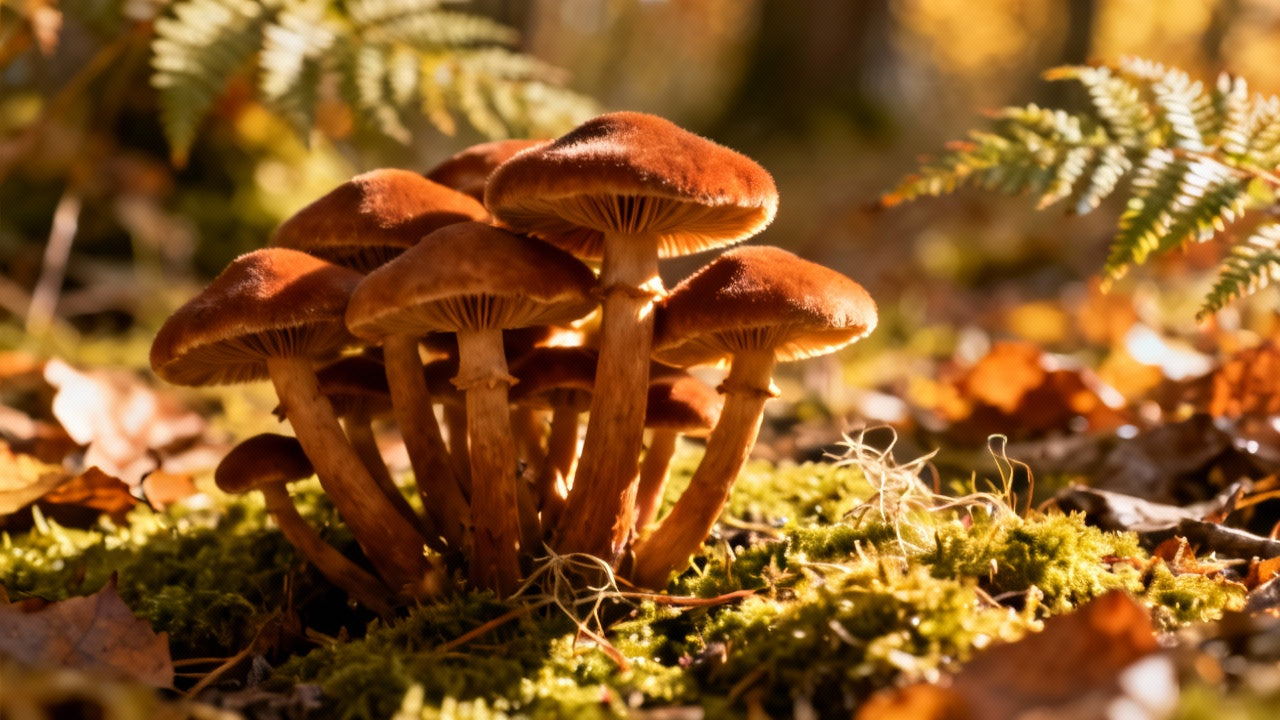
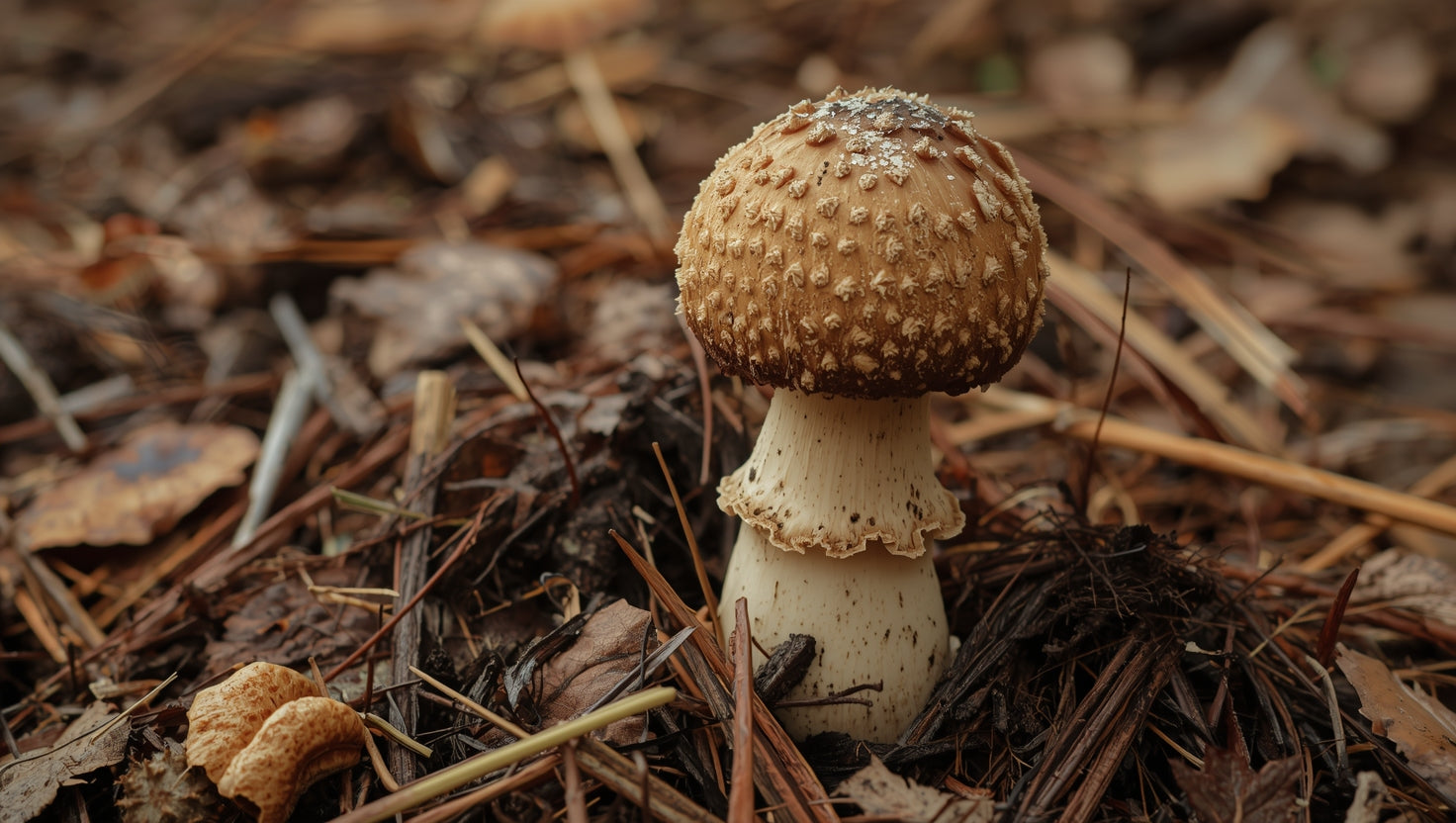
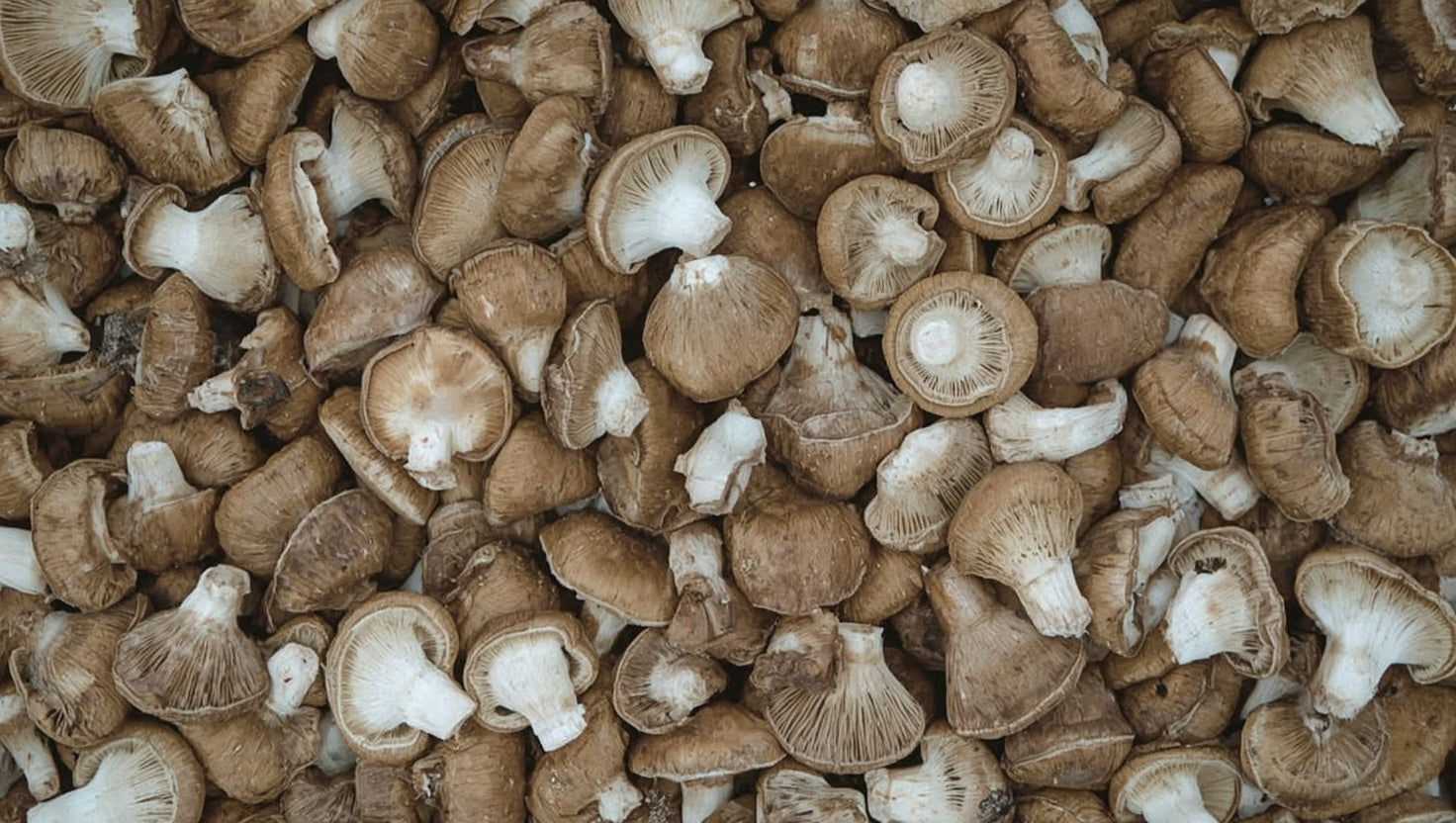
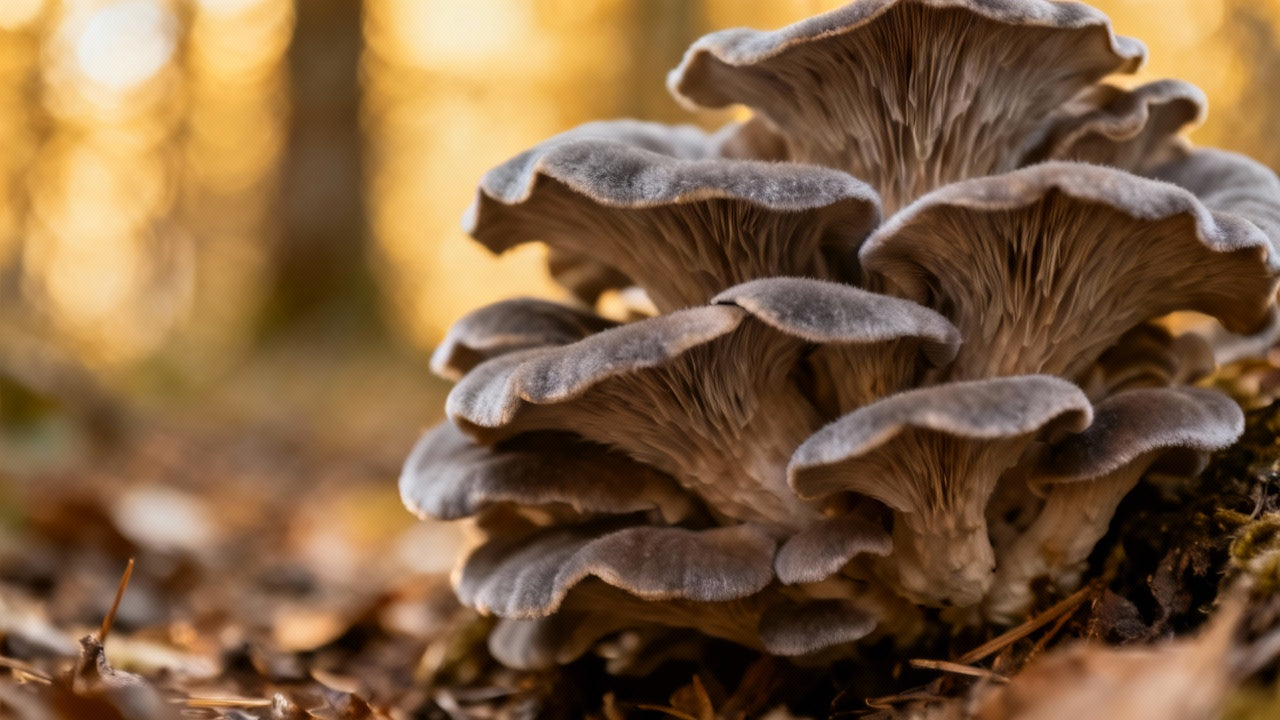
Share:
How Long Does It Take for Reishi Mushroom to Work? Your Complete Timeline Guide
How Do Mushrooms Grow So Fast? The Science Behind Nature's Speed Champions